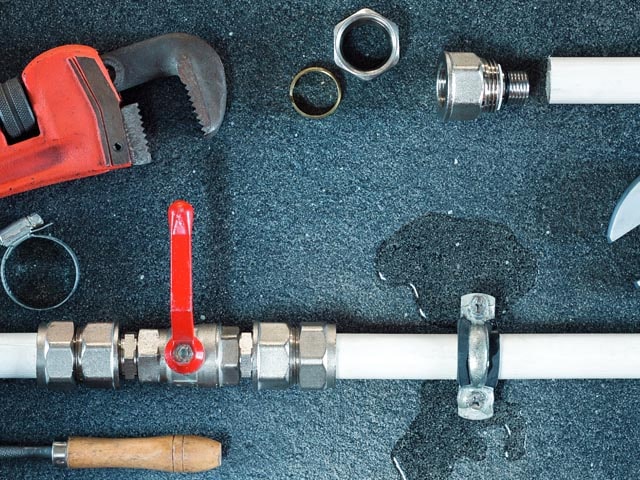Today across The United States And Canada, there is a popular fad in the direction of using ‘reduced circulation’ (also called ‘high performance’) bathrooms. With the apparent advantage of using less water for operation, the reduced circulation models are favored by numerous eco-aware consumers and are usually mandated by numerous state, provincial as well as national pipes codes.
From the very early 1990’s up until today, the quantity of water made use of per flush in commodes has progressed from 3.4 United States gal. (13 L) to 1.6 US girls. (6.1 L) to today’s increasingly typical new criterion of 1.3 US gal. (4.9 L). Toilet manufacturers have actually met the challenge of improved styles to obtain adequate flushing making use of much less water and also the resultant decreases in intake of the precious source of fresh water have actually been obvious.
Nevertheless, developers and also service providers involved in commercial construction are now understanding that reduced circulation commodes may have an unfavorable downstream impact on the plumbing system, especially on drain piping. Right here’s why.
There are basically 3 commonly made-use piping products for sanitary drains pipes in business construction – cast iron, copper as well as PVC. The choice of piping results from a myriad of variables but is driven mainly by product and also installed cost in addition to Code approval. No matter, these 3 piping materials have differing surface area smoothness buildings as well as varying interior measurements and also because of this, considerably various flow capacities. Although the flow ability of all 3 piping products has actually historically been shown to be ample with 13L bathrooms, this may no more hold true with the low circulation versions. To view more plumbing articles, visit Trophy Club Park Southlake for further info.

Piping products for gravity circulation as in a drain system are identified by a surface roughness coefficient known as the Manning Flow Coefficient (N). The reduced the N element, the smoother will certainly be the pipe surface area. The pipeline size 3″ is consistently made use of throughout The United States and Canada for drains from toilets. Critical information for each of the 3 piping products are: cast iron (ID = 3.10″, N =.013); copper DWV (ID = 3.03″, N =.011) and PVC Sch. 40 (ID = 3.04″, N =.009).
Utilizing the Manning Formula for a commonly utilized slope for drain piping (1/4″ per foot), the flow capacities for a 3″ pipeline (flowing full) in each product are as adheres to cast iron – 62 US GPM; copper – 69 US GPM; as well as PVC – 86 US GPM (metric matchings are 3.93 L/s; 4.38 L/s and also 5.41 L/s, specifically). Thus, despite the circulation source, it is a fact that 3″ diameter copper, as well as PVC, will certainly have substantially more flow ability (25% for copper, and also 38% for PVC) than the exact same small size of cast iron pipeline. Due to cast iron being prone to inner deterioration from the acids generally discovered in hygienic sewage, its flow capability will in fact aggravate gradually whereas both copper, as well as PVC, will preserve circulation ability because of high degrees of resistance to internal deterioration.
